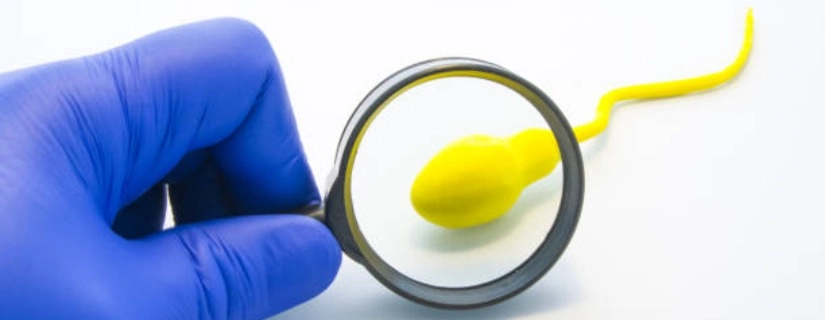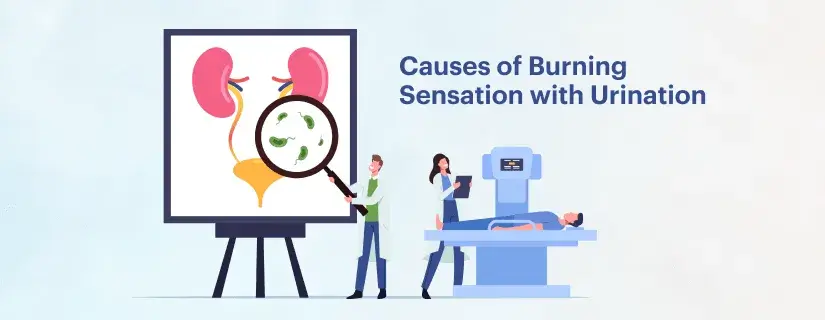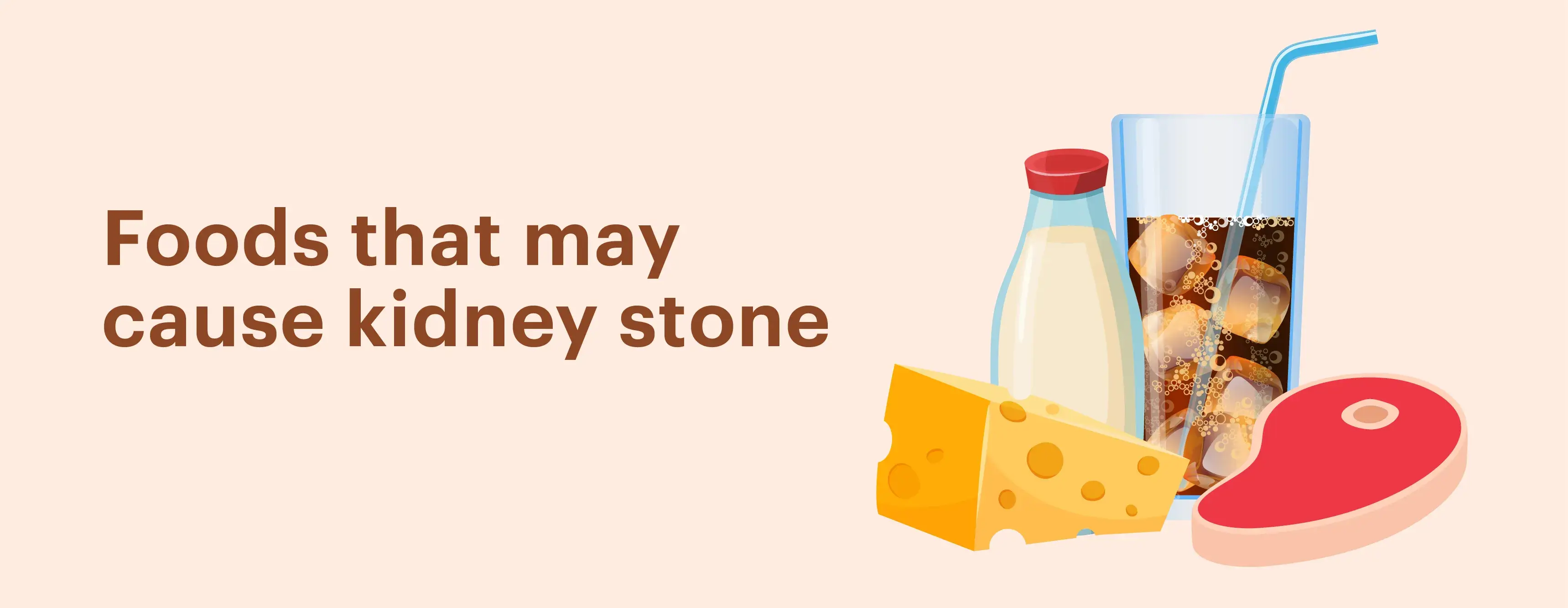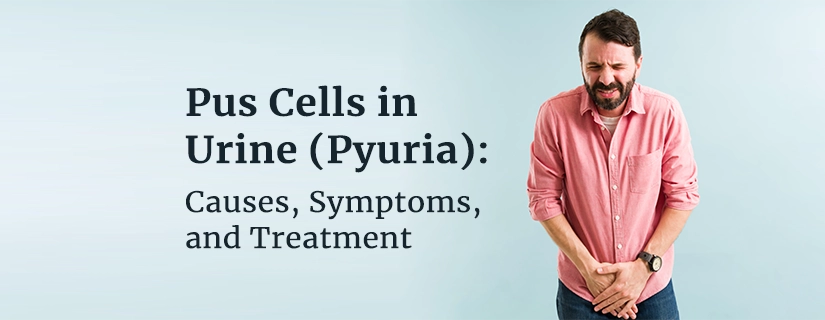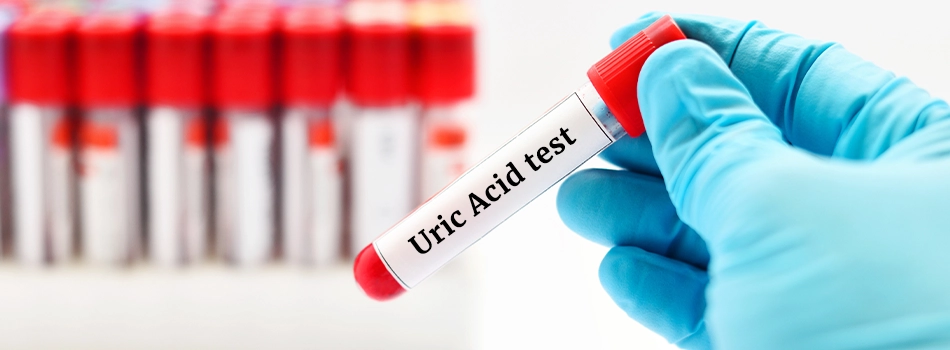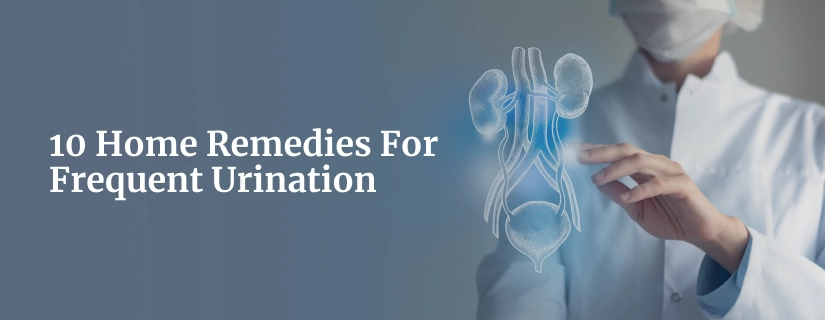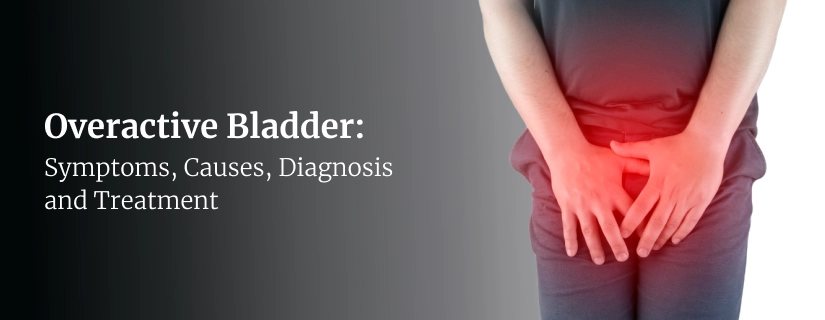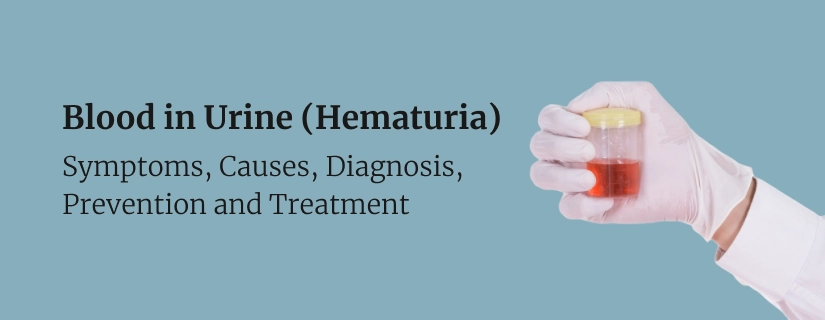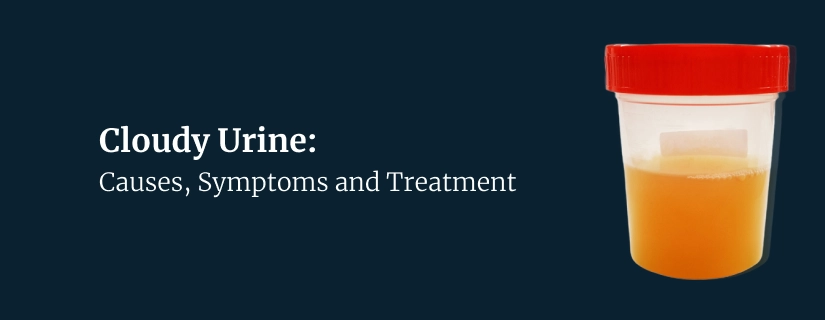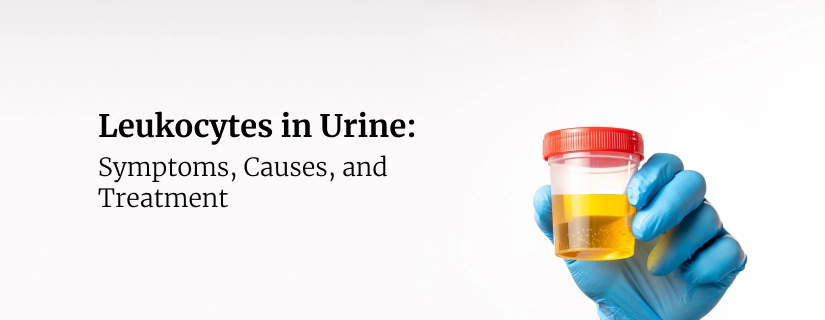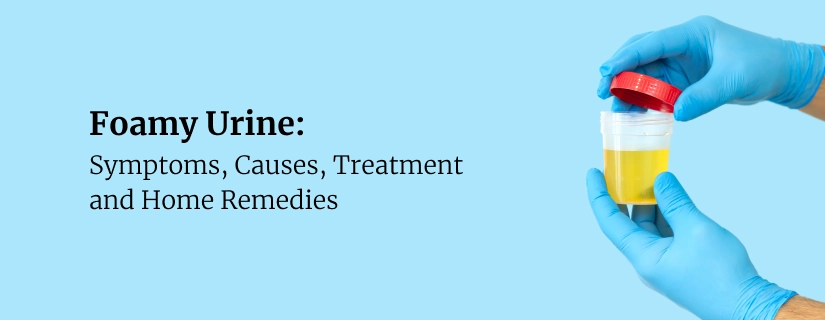-
Doctors
-
Specialities & Treatments
Centre of Excellence
Specialties
Treatments and Procedures
Hospitals & Directions HyderabadCARE Hospitals, Banjara Hills CARE Outpatient Centre, Banjara Hills CARE Hospitals, HITEC City CARE Hospitals, Nampally Gurunanak CARE Hospitals, Musheerabad CARE Hospitals Outpatient Centre, HITEC City CARE Hospitals, Malakpet
HyderabadCARE Hospitals, Banjara Hills CARE Outpatient Centre, Banjara Hills CARE Hospitals, HITEC City CARE Hospitals, Nampally Gurunanak CARE Hospitals, Musheerabad CARE Hospitals Outpatient Centre, HITEC City CARE Hospitals, Malakpet Raipur
Raipur
 Bhubaneswar
Bhubaneswar Visakhapatnam
Visakhapatnam
 Nagpur
Nagpur
 Indore
Indore
 Chh. Sambhajinagar
Chh. SambhajinagarClinics & Medical Centers
Book an AppointmentContact Us
Online Lab Reports
Book an Appointment
Consult Super-Specialist Doctors at CARE Hospitals
Urinary Retention: Symptoms, Causes, Diagnosis and Treatment
Updated on 22 February 2024
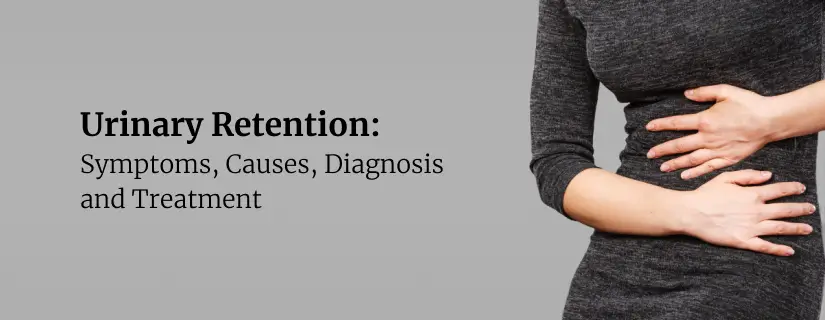
Urinary retention refers to the inability to fully empty the bladder while urinating. It is a urological disorder that can greatly impact an individual’s quality of life if left unmanaged. Urinary retention can strike suddenly in acute cases presenting as a medical emergency, or manifest gradually as a chronic condition requiring ongoing care. This article explains what exactly urinary retention involves, its various causes, characteristic symptoms, methods of clinical diagnosis, and treatments to resolve it.
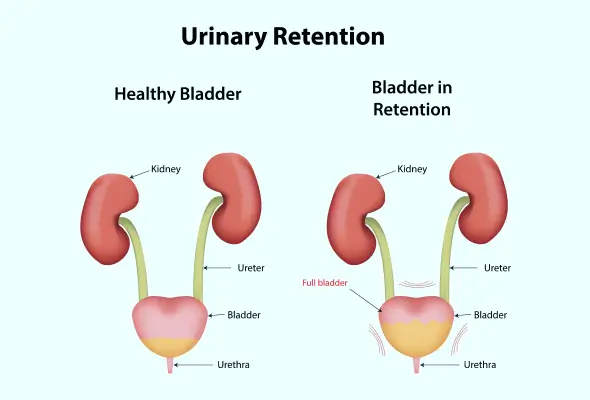
What is Urinary Retention?
The bladder is a hollow muscular organ that collects urine produced by the kidneys until the body is ready to empty it. Urine itself is a waste fluid filtered from the bloodstream by the kidneys, comprising mainly excess water, salts, and nitrogenous by products like urea.
- Urinary retention refers specifically to incomplete emptying of the bladder during urination.
- Acute urinary retention involves a sudden and rapidly progressing inability to urinate voluntarily despite having a full bladder.
- Chronic urinary retention causes gradual bladder overfilling over time due to inadequate voiding.
- Both acute and chronic urinary retention eventually cause distressing lower urinary tract symptoms.
What Causes Urinary Retention?
Urinary retention stems from conditions affecting urine transport from the kidneys into the bladder (urinary storage) and/or passage of urine from the bladder out of the body (urinary voiding). Common reason for urinary retention include:
- Prostate Enlargement
- The most frequent cause of chronic urinary retention in men over 50 is benign prostatic hyperplasia (BPH).
- As the prostate grows larger, it compresses the urethra impeding urine flow.
- Acute retention may occur if the enlarged gland completely blocks urine passage.
- Urethral Stricture
- Urethral scarring from injury, surgery or infection leads to narrowing (stricture).
- This creates resistance to the flow of urine.
- Bladder Muscle Failure
- Detrusor underactivity signifies weak bladder contractions failing to generate adequate pressure to void urine.
- It becomes more common with older age.
- Medications
- Drugs like antimuscarinics, antidepressants, antipsychotics, opioids, and alpha-blockers can hinder normal detrusor function leading to incomplete bladder emptying.
- Pregnancy & Childbirth
- Hormonal changes, uterine enlargement, and birth trauma involving pelvic muscles/ nerves increase postpartum urinary retention risk.
What are the Symptoms of Urinary Retention?
Chronic urinary retention progresses slowly, allowing the bladder to expand and often lacking obvious symptoms initially. Acute retention involves sudden onset of the inability to urinate and causes more intense symptoms.
Typical urinary retention symptoms include:
- Difficulty starting urination
- Weak urine stream
- Straining or pushing to void
- Dribbling urine
- Prolonged urination time
- Frequent urination, especially at night
- Bladder pain
- Abdominal pain
- The feeling of incomplete bladder emptying
- Involuntary urine leakage between trips to the bathroom
Diagnosis
Doctors employ medical history review, physical examination, imaging tests and urodynamic studies to evaluate urinary retention. Here’s a comprehensive overview of the diagnostic process for urinary retention:
- Medical History
- The doctor inquires about the patient’s symptoms, their onset and duration. Information concerning past medical issues, surgeries, childbirth trauma, medications taken etc. provide diagnostic clues.
- Physical Exam
- Abdominal palpation detects a distended bladder extended above the pubic bone, confirming significant urine retention.
- A digital rectal exam evaluates the size of an enlarged prostate.
- Neurological assessment identifies potential nerve damage to be the cause behind symptoms.
- Gynaecological examination screens for pelvic organ prolapse in females.
- Bladder Scan
- This noninvasive ultrasound test measures post-void residual urine volume.
- Urine amounts exceeding 100-200 mL signal abnormal emptying and urinary retention.
- Repeated scanning monitors retention severity over time.
- Urinalysis
- Microscopic urinalysis and urine culture detect infection which commonly accompanies retention.
- Blood in urine may indicate bladder stones or cancer.
- Imaging Tests
- Ultrasound and computed tomography visualise structural abnormalities like prostate enlargement, strictures, bladder stones, tumours obstructing urine flow through the urinary tract.
- Imaging also confirms enlarged bladder size due to urine backing up from any blockages.
- Cystoscopy
- A cystoscope (thin tube fitted with a camera) inserted in the urethra lets doctors directly see inside the lower urinary tract.
- This pinpoints strictures, obstruction by an enlarged prostate or bladder abnormalities causing retention.
- It also facilitates the removal of any bladder stones/ tumours detected.
- Urodynamic Testing
- Several tests evaluate bladder pressure and urine flow patterns during storage and release of urine.
- This assesses the coordination between bladder and sphincter muscles and the adequacy bladder contraction strength for proper voiding - key factors in urinary retention.
How is Urinary Retention Treated?
All urinary retention patients initially undergo bladder drainage to relieve symptoms and prevent kidney injury due to urine backup. Additional treatment focuses on the specific underlying cause.
- Catheterization
- Inserting a catheter tube through the urethra into the bladder allows complete drainage of retained urine.
- For acute retention, this is continued until normal urination is restored.
- Recurrent acute episodes may necessitate urinary retention treatment at home self-catheterization between bathroom trips.
- Medications
- In mild prostatic enlargement, alpha blockers (tamsulosin, alfuzosin) relax smooth muscles improving urine flow.
- Antibiotics treat underlying infections while anticholinergics like oxybutynin may help chronic retention cases by relaxing bladder muscles.
- Prostate Surgery
- For chronic urinary retention from benign prostatic hyperplasia unresponsive to drugs, minimally invasive transurethral resection (TURP) remains the cornerstone treatment.
- TURP surgically debulks excess prostate tissue pressing on the urethra using electrocautery.
- Other effective options include laser prostatectomy and prostate artery embolization.
- Urethral Surgery
- Urethral strictures require urethrotomy where surgeons make incisions into scar tissue widening the passageway.
- Complete excision of the structured area with end-to-end reconnection of healthy urethral ends (urethroplasty) may be needed for longer or recurrent strictures.
- Nerve Stimulation
- For retention from neurological impairment, sacral nerve stimulation electronically modulates nerve signals to improve bladder contraction and sphincter coordination.
- Creating an artificial sphincter around the urethra also helps with emptying the bladder.
- Bladder Surgery
- Detrusor muscle failure with severe bladder enlargement may require bladder reduction surgery, removing a portion of bladder wall to decrease capacity and allow complete emptying with weak contractions.
- Bladder augmentation surgery is an alternate option, using bowel segments to increase bladder volume in small contracted bladders.
Conclusion
Urinary retention encompasses inability to fully empty the bladder leading to urine accumulating inside. Acute retention causes painful bladder distension and requires emergency treatment, while chronic cases progress more insidiously with gradual bladder enlargement.
Typical symptoms are straining to urinate, frequent/incomplete urination, weak stream and bladder pain. A palpable bladder, imaging tests and urodynamic studies facilitate diagnosis. Initial relief involves catheter drainage, followed by medications or surgery targeting causative factors. Prompt diagnosis and appropriate treatment is vital to avoid complications like recurrent infections, bladder damage and kidney problems.

ENQUIRY FORM
SELECT CATEGORIES
-
Neurosciences (16)
-
Neurology (37)
-
Neurosurgery (14)
-
Orthopaedics (48)
-
Oncology (33)
-
Obstetrics and gynecology (51)
-
Pulmonology (23)
-
Urology (20)
-
Nephrology (13)
-
Psychiatry (7)
-
Dietetics and Nutrition (111)
-
General Medicine (63)
-
Cardiac Sciences (30)
-
Vascular & Endovascular Surgery and Interventional Radiology (10)
-
Gastroenterology (46)
-
Endocrinology (23)
-
Plastic Surgery (10)
-
Critical Care Medicine (5)
-
COVID-19 (16)
-
Dermatology (16)
-
Emergency Care (1)
-
Ophthalmology (4)
-
Pediatrics (14)
-
Laparoscopic and Bariatric Surgery (8)
-
ENT (15)
-
Kidney Transplant (1)
-
Liver Transplantation and Hepatobiliary Surgery (5)
-
General Surgery (3)
-
Internal Medicine (5)
-
Medicine Information
How to Increase Sperm Count: 12 Ways To Do
Epithelial Cells in Urine: Types, Causes, Symptoms and Treatment
YOU MAY ALSO LIKE
RECENT BLOGS
-
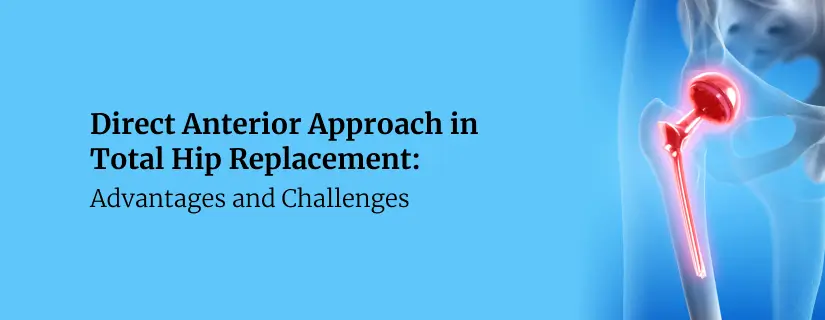
Direct Anterior Approach in Total Hip Replacement: Advantages and Challenges
10 April 2025
Read More
-
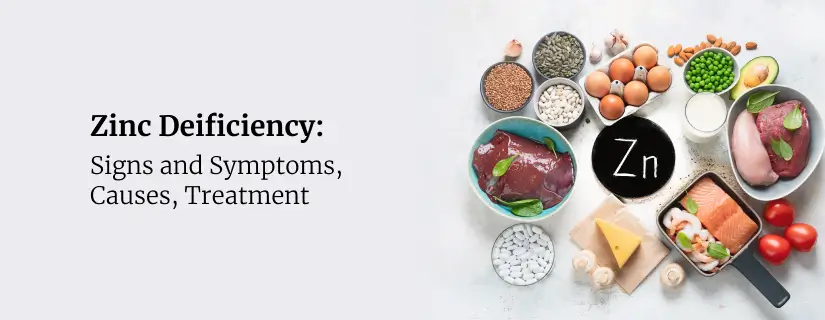
Zinc Deficiency: Signs and Symptoms, Causes, Treatment
9 April 2025
Read More
-

Chest Pain When Coughing: Causes, Treatment and Home Remedies
9 April 2025
Read More
-

12 Health Benefits of Eating Mushrooms
8 April 2025
Read More
-

7 Health Benefits of Blood Donation You Should Know About
8 April 2025
Read More
-

Implantation Bleeding Vs Periods: Know the Difference
28 February 2025
Read More
-

Bloating During Ovulation: Symptoms, Causes and Remedies
28 February 2025
Read More
-

Itching During Dengue: Causes, Treatment and Home Remedies
18 February 2025
Read More
Have a Question?
If you cannot find answers to your queries, please fill out the enquiry form or call the number below. We will contact you shortly.



